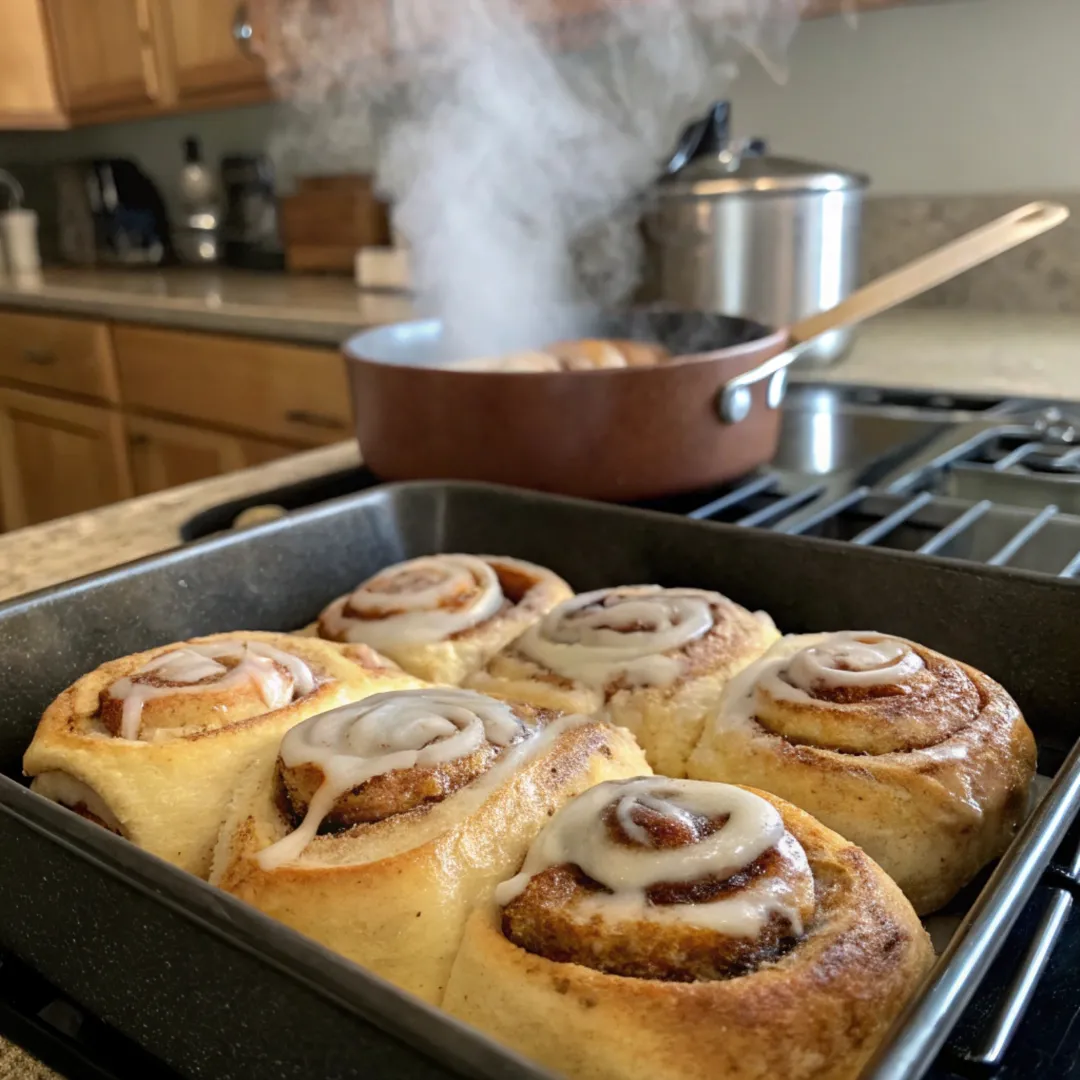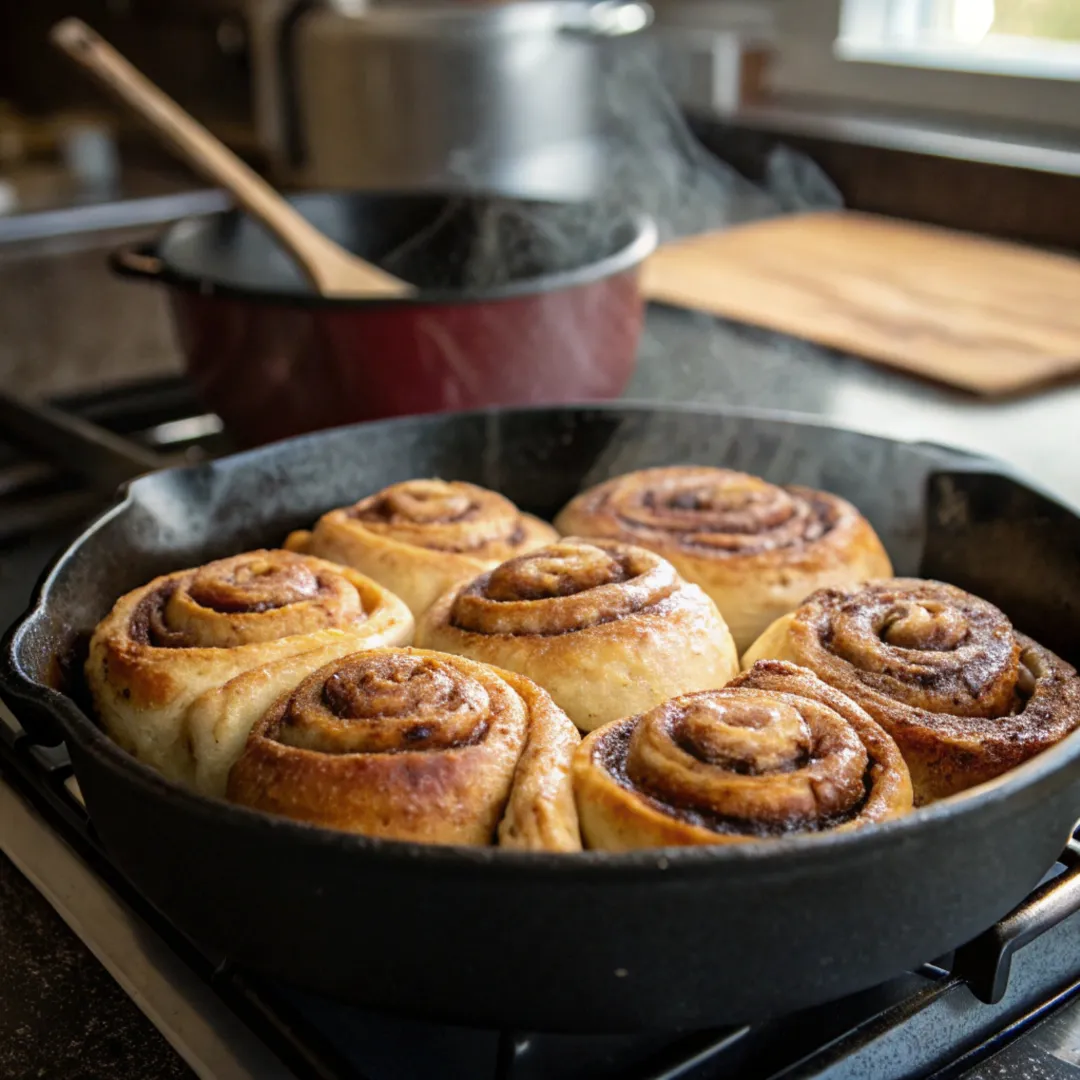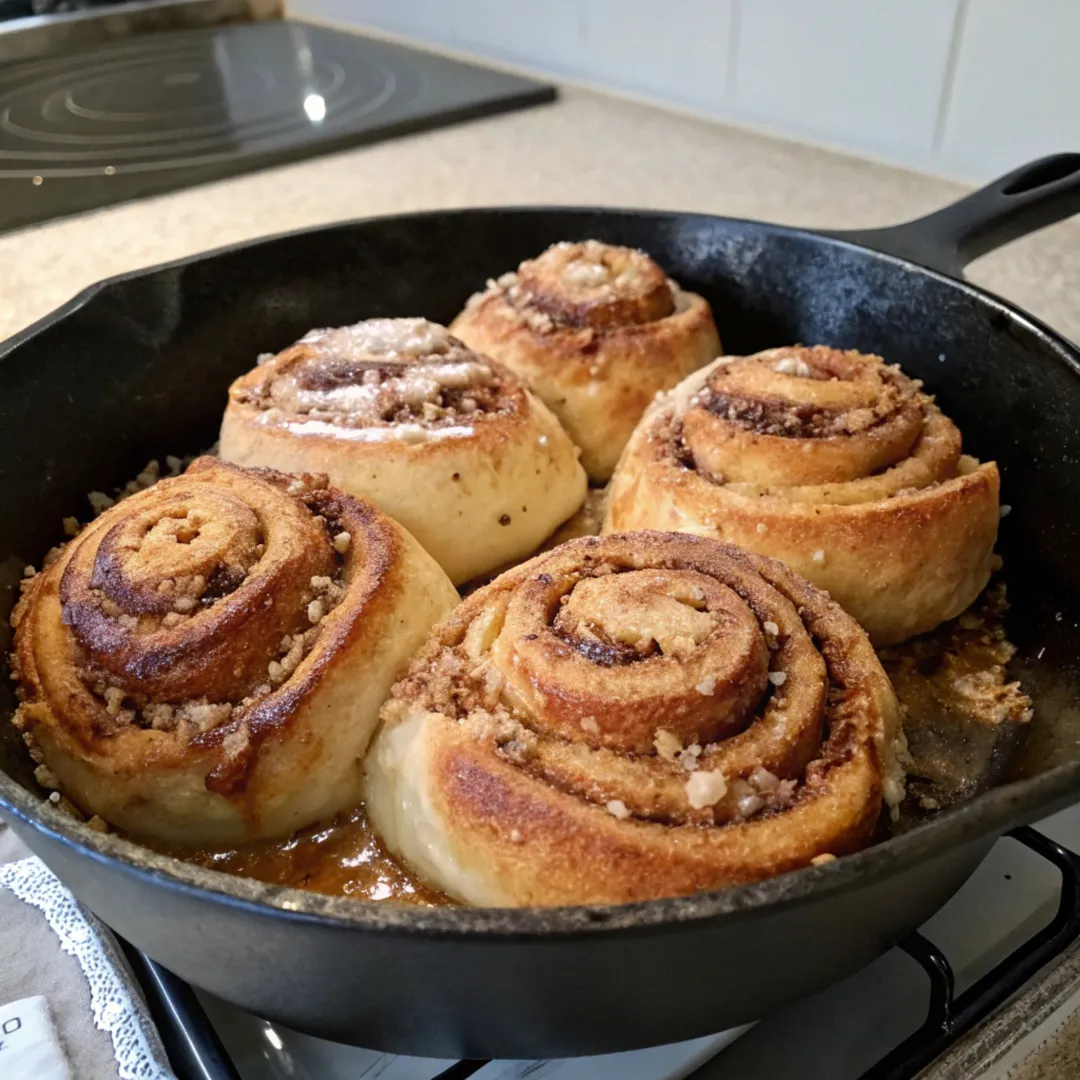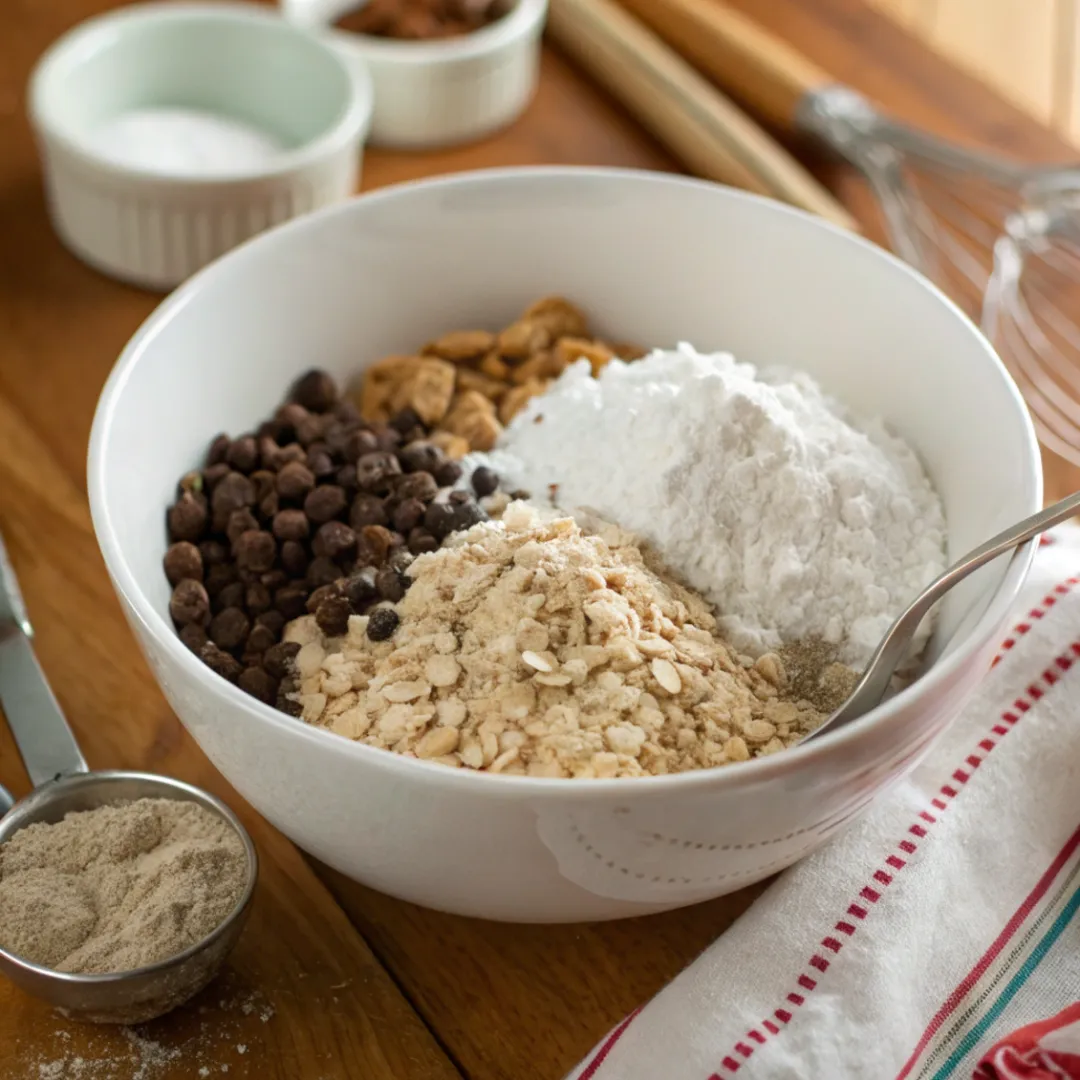
Discover the Secret Behind Perfect Texture and Flavor
Introduction: What Does Baking Soda Do in Oatmeal Cookies?
If you’ve ever baked oatmeal cookies, you’ve likely heard of the key ingredient baking soda. But what does baking soda do in oatmeal cookies? While this simple ingredient may seem small, it plays a huge role in transforming the texture and flavor of your cookies. Baking soda is a leavening agent, which means it helps cookies rise and become light and chewy. But its benefits go beyond that—baking soda helps spread your cookies evenly, enhances their browning, and even improves their flavor.
In this article, we will explore the critical role that baking soda plays in oatmeal cookies, answering the key question: What does baking soda do in oatmeal cookies? Whether you are a seasoned baker or a beginner, understanding this ingredient can elevate your cookie-making skills.
1. The Role of Baking Soda in Oatmeal Cookies: Why It’s Essential
When we ask, “What does baking soda do in oatmeal cookies?”, the most common answer is that it serves as a leavening agent. But what exactly does this mean? Leavening agents are substances that help dough or batter rise by producing gas. In the case of baking soda, it creates carbon dioxide when it reacts with an acidic ingredient (like brown sugar or molasses). This gas helps the dough expand, giving your oatmeal cookies a light and airy texture.
So, what does baking soda do in oatmeal cookies in practical terms? It helps the cookies rise, become lighter, and prevents them from being overly dense or hard. Without baking soda, you would likely end up with flat, heavy cookies. The next time you take a bite of your oatmeal cookie and experience that perfect chewy, airy texture, you’ll know that baking soda is the reason behind it!
2. What Does Baking Soda Do in Oatmeal Cookies: Impact on Texture and Consistency
One of the most important things baking soda does in oatmeal cookies is change the texture. The addition of baking soda not only helps your cookies rise but also contributes to the chewy, soft consistency that we love in oatmeal cookies. When combined with butter or oil, baking soda helps produce a tender crumb, giving your cookies that perfect balance of chewy edges and soft centers.
If you’ve ever wondered “What does baking soda do in oatmeal cookies” to make them so deliciously chewy, it’s all about how baking soda interacts with the dough. The slight alkaline nature of baking soda weakens gluten in the dough, which results in a tender, soft texture. Without baking soda, your oatmeal cookies might turn out hard and dry.
3. What Does Baking Soda Do in Oatmeal Cookies: Why It Makes Them Spread
Another aspect of what baking soda does in oatmeal cookies is its ability to make the cookies spread as they bake. This is one of the key reasons you should always use baking soda in your oatmeal cookie recipes. As the baking soda reacts with the acidic ingredients in the dough, it releases carbon dioxide gas, which causes the dough to expand. This results in cookies that spread out on the baking sheet, creating that iconic, slightly flattened shape.
So, next time you wonder, “What does baking soda do in oatmeal cookies”, just remember that it helps create that ideal cookie spread. This gives the cookies a more even texture, ensures they bake thoroughly, and prevents them from clumping together into a big, unappetizing blob.
4. Baking Soda and Browning: What Does It Do to the Color of Oatmeal Cookies?
The question “What does baking soda do in oatmeal cookies?” doesn’t just relate to texture—it also affects the flavor and appearance of your cookies. Baking soda helps your oatmeal cookies brown as they bake. This is because of the Maillard reaction, which is a chemical process that occurs when baking soda interacts with heat and sugars in the dough.
As baking soda helps break down the sugars, it results in a deeper color and richer flavor. What does baking soda do in oatmeal cookies in this context? It contributes to that beautiful golden-brown color that we associate with perfectly baked cookies. The reaction also brings out more complex flavors, making the cookies taste richer and more delicious.
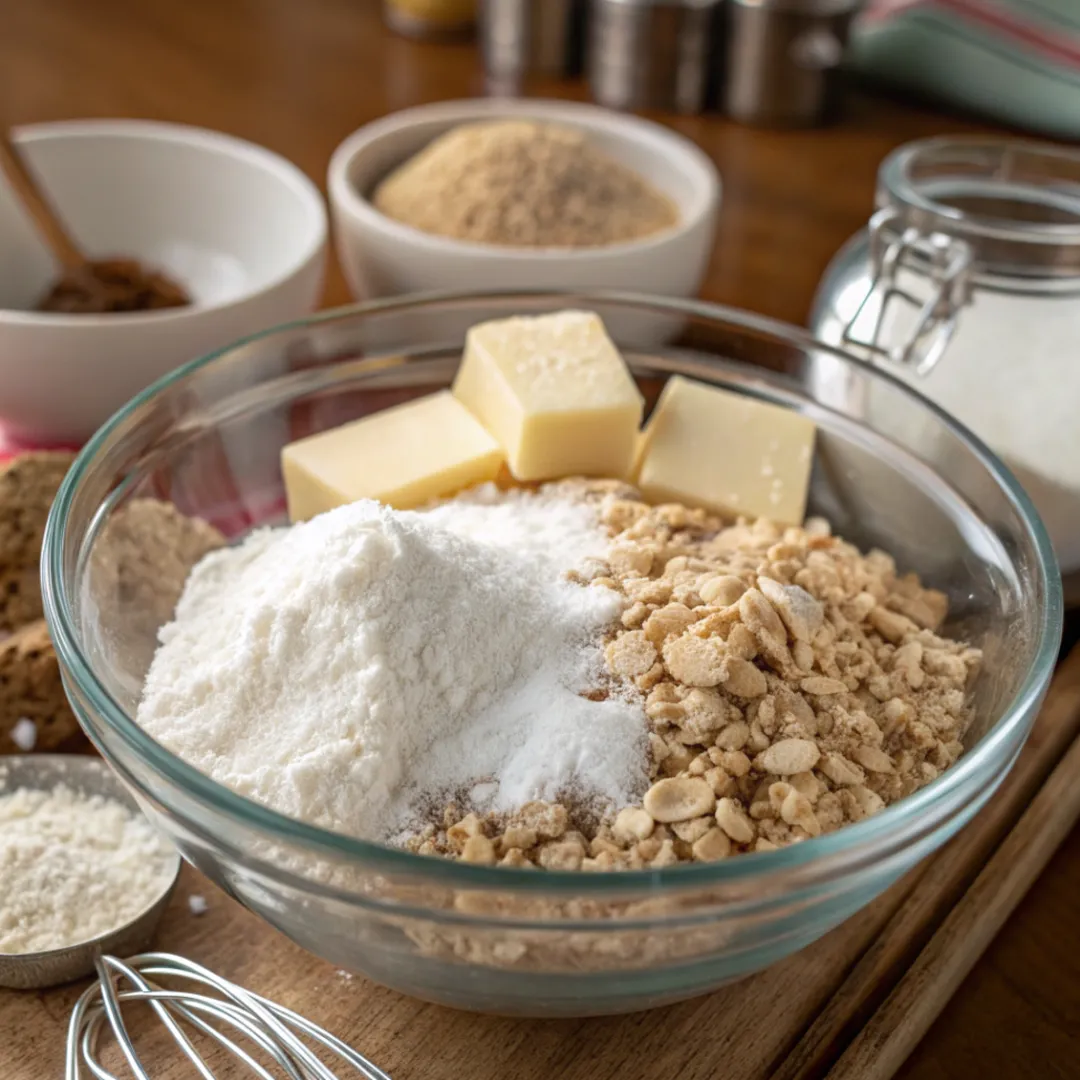
5. What Does Baking Soda Do in Oatmeal Cookies: Altering pH and Gluten Formation
Baking soda’s role goes beyond leavening—it also changes the pH of your cookie dough. By making the dough slightly more alkaline, baking soda weakens the gluten formation. Gluten is a protein found in flour that helps dough hold together and gives structure to baked goods. In oatmeal cookies, however, you want a soft, tender texture, which is why you don’t want too much gluten.
So, what does baking soda do in oatmeal cookies in terms of gluten? It softens the dough, preventing the cookies from becoming too tough or chewy. The result is a more delicate, melt-in-your-mouth texture, which is exactly what we all want in an oatmeal cookie.
6. What Does Baking Soda Do in Oatmeal Cookies vs. Baking Powder: What’s the Difference?
While baking soda is essential for oatmeal cookies, it’s often confused with baking powder. So, you might be asking, “What does baking soda do in oatmeal cookies compared to baking powder?” The key difference lies in how each leavening agent works. Baking soda requires an acidic ingredient (such as brown sugar) to activate it, while baking powder already contains acid. Baking powder also releases gas at a slower rate, meaning it might not create the same rapid spread and puff as baking soda.
If you’re wondering whether you can use baking powder in place of baking soda, the answer is yes, but with some adjustments. What does baking soda do in oatmeal cookies that baking powder can’t do is create the perfect, chewy texture and deep flavor that baking soda does. Therefore, when it comes to oatmeal cookies, baking soda is the preferred leavening agent.
7. What Does Baking Soda Do in Oatmeal Cookies: Why Fresh Baking Soda is Crucial
An often overlooked factor is the freshness of your baking soda. What does baking soda do in oatmeal cookies if it’s expired? Unfortunately, old baking soda doesn’t work as effectively, which can lead to cookies that don’t rise as expected. The chemical reaction that baking soda undergoes when mixed with acidic ingredients slows down over time, so stale baking soda might result in flat, dense cookies.
To ensure the best results, always use fresh baking soda. Keep it sealed tightly and store it in a dry, cool place. Using fresh baking soda ensures that your oatmeal cookies rise properly, spread evenly, and have the perfect texture.
8. What Happens If You Use Too Much Baking Soda in Oatmeal Cookies?
While baking soda is crucial for making great oatmeal cookies, using too much of it can cause problems. So, what does baking soda do in oatmeal cookies if you add too much? Overuse of baking soda can result in cookies with a bitter or soapy taste. This happens because excess baking soda doesn’t fully react with the acidic ingredients, leaving an unpleasant aftertaste.
It’s essential to follow your recipe’s measurements and not exceed the recommended amount of baking soda. If you accidentally add too much, your cookies might not taste as good, and the texture could be off. So, next time you bake oatmeal cookies, be mindful of how much baking soda you use to avoid an undesirable flavor.
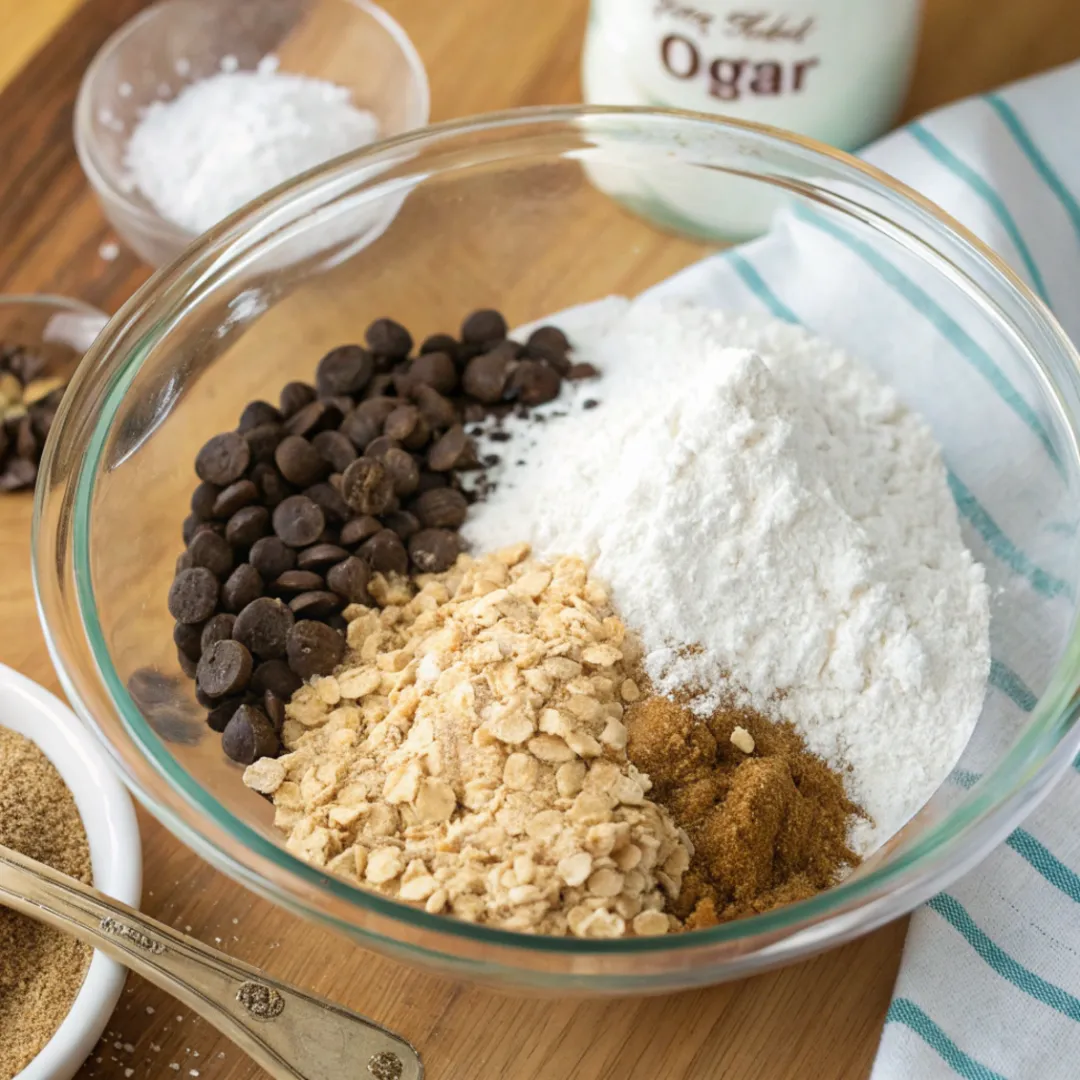
9. Substituting Baking Soda in Oatmeal Cookies: What Are the Alternatives?
In some cases, you might not have baking soda on hand or want to try something different. If you’re wondering, “What does baking soda do in oatmeal cookies” and whether there are alternatives, the answer is yes—though substitutions won’t provide exactly the same results.
You can use baking powder as a substitute, but you’ll need about three times the amount of baking powder to replace baking soda. However, be aware that using baking powder will change the texture and flavor of your oatmeal cookies. Baking powder doesn’t produce the same tender, chewy texture that baking soda does, and the cookies might not spread as much.
Conclusion: Why Baking Soda is the Secret to Perfect Oatmeal Cookies
In conclusion, what does baking soda do in oatmeal cookies? Quite simply, it is the secret ingredient that ensures your cookies rise perfectly, spread evenly, and develop a rich flavor and golden-brown color. Whether it’s making your cookies light and airy, ensuring they brown properly, or giving them the ideal chewy texture, baking soda is a must-have in oatmeal cookie recipes.
Next time you bake oatmeal cookies, remember the important role baking soda plays. From ensuring the perfect spread to enhancing flavor and texture, this humble ingredient is essential for making delicious, bakery-worthy oatmeal cookies every time.
